Educational Innovations created at UC
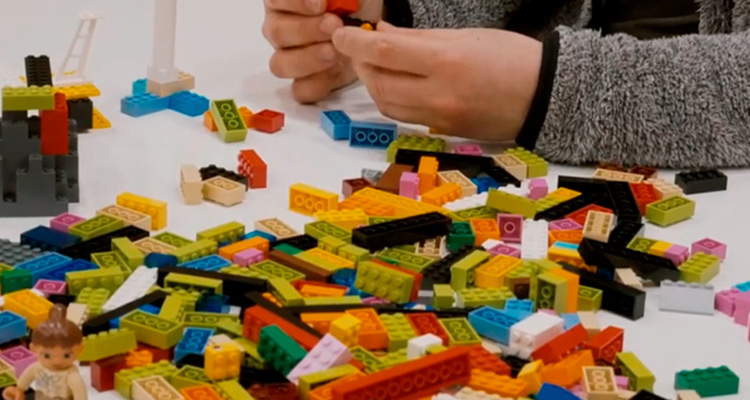
Every October 16th, Chile celebrates National Teacher’s Day in commemoration of the work performed daily by teachers nationwide, even in today’s complex circumstances, marked by social distancing and online education.
Current events have posed a myriad of challenges to educators, demonstrating the importance of having tools to facilitate distance learning, inclusion and involvement of the students themselves in the educational process.
To commemorate this year’s National Teacher’s Day, we wanted to feature some of the innovations created by UC research teams to support the work of educators at different levels of training.
“It is extremely important for us to support the research teams in the process of transferring their developments, since this is how these solutions will have an impact across the spectrum of educational levels. This reinforces the University’s public commitment to contributing to better quality education through the development of innovative, high-impact solutions,” says María Angélica Barroso, Head of Transfer in Social Sciences and Education at UC.
Identifying What Student Teachers Believe

“From Fun to Transformation” addresses the beliefs held by students pursuing a career in teaching upon entering higher education, in relation to teaching, student success, and the role of poverty in learning. (Photo: courtesy of the project)
Under the premise that teacher training programs have a significant influence on students’ beliefs, a research team led by UC academics Viviana Gómez and Pablo Gutiérrez, developed a methodology to address preconceptions and mobility of beliefs in teaching practice through the use of Lego® Serious Play®.
Tested in the classroom, this methodology has shown relevant findings regarding the identification of metaphors related to low-income schools. This model is being implemented as part of the Early Teacher Training program at UC’s Villarica Campus.
This research project has been funded by FONDECYT 2014, FONDECYT 2018, and was the recipient of the UC EduLab 2020 EduGlobal grant which provided funding for an internship in Finland for the research team.
Astronomy Teaching Kit
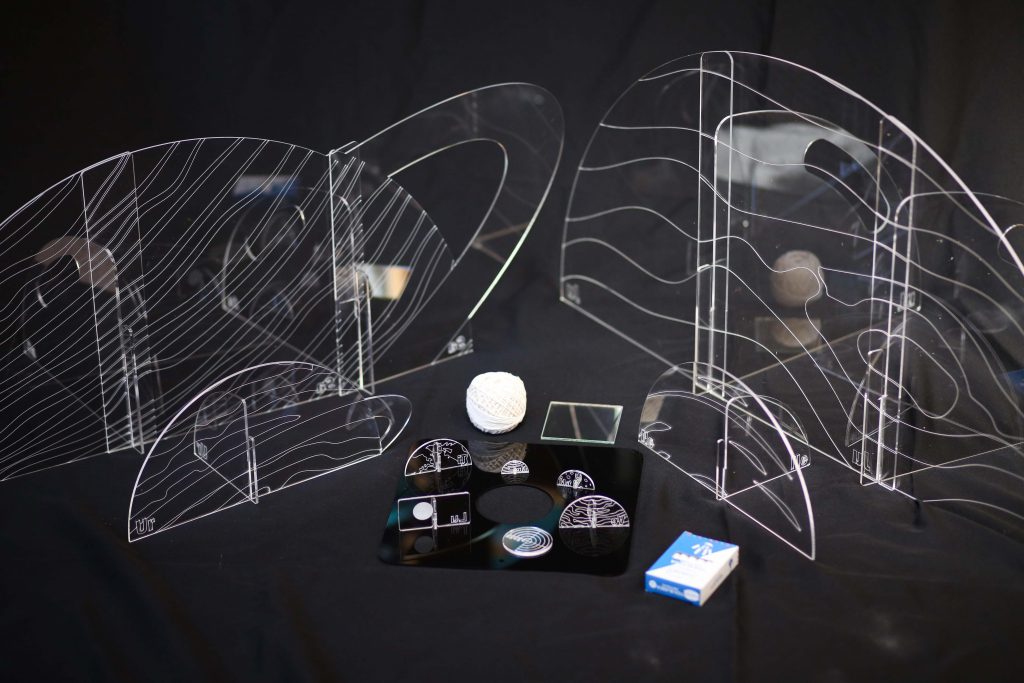
Chile is world renowned for its clear night skies that provide a perfect backdrop for amateur astronomists. On July 2, 2019 we experienced a total solar eclipse in the Coquimbo region and on December 14, 2020 we will have the privilege of observing yet another total solar eclipse in the Araucanía region.
Inspired by these astronomical phenomena, the creator of “An Eclipse in your Hand” (Un eclipse en tus manos”) designed this tool to foster a greater understanding of the core concepts required to comprehend solar eclipses. The kit includes several different activities and materials designed to teach players about this occurrence in a playful, entertaining way. Intended for students grade 7 to 10, you can even use the kit to simulate an eclipse in the classroom or elsewhere.
The kit’s fun activities provide students with a vehicle to discover astronomical phenomena through simulation and analysis. The materials included in the kit open the door to the various concepts underlying these phenomena through entertaining activities where they can gain an understanding of the physical explanations of an eclipse.
“Un eclipse en tus manos” is jointly funded by UC and the firm Bioquímica.cl, thanks to the Gemini-Conicyt Fund: National Program for the Development of Astronomy and Related Sciences.
Learning to Speak the Mapuche Language with “Mapudungun Mew”
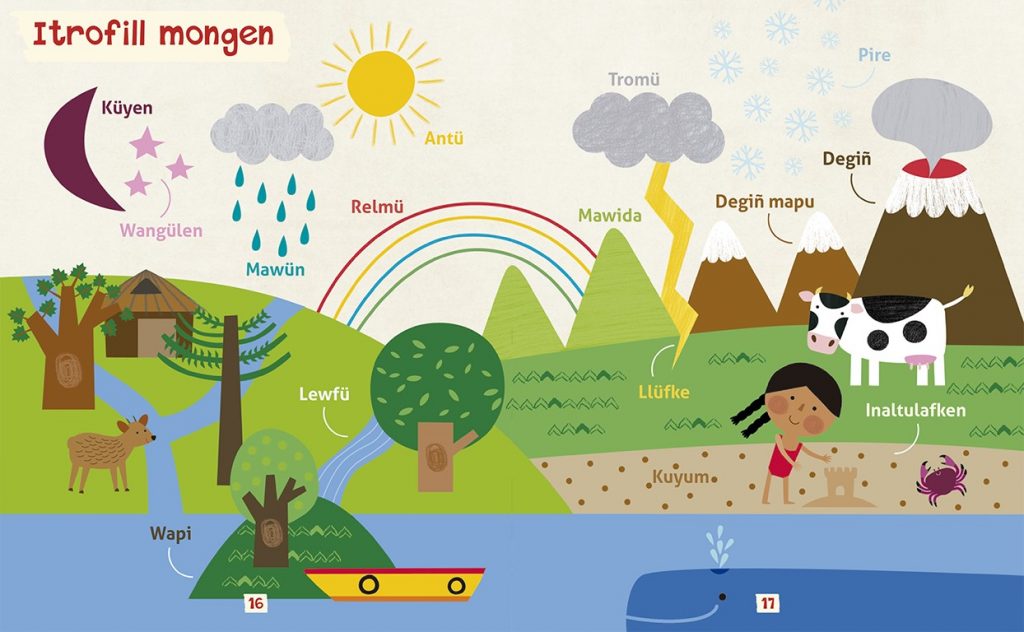
Mapudungun Mew comes with a dictionary, activities, and cultural features such as riddles, stories and fables, testimonies, and natural instruments and sounds, for teaching the Mapudungun language and Mapuche culture. (Photograph: courtesy of the project)
Recovering native languages is one of the leading challenges in education. In doing so, you strengthen the culture and identity of the indigenous peoples living in Chile, while also giving the country an identity and helping to foster a more inclusive society that respects its roots.
Mapudungun Mew is free software designed to support Mapudungun language and Mapuche culture instruction. It has a dictionary containing approximately 700 words and 300 sentences in Mapudungun and Spanish, including activities and cultural features such as riddles, stories and fables, testimonies, and nature instruments and sounds.
This interactive tool is the result of two research projects conducted by CEDITi UC (Center for the Development of Inclusive technologies).
Textbook Selection Guide for Pre-school Education
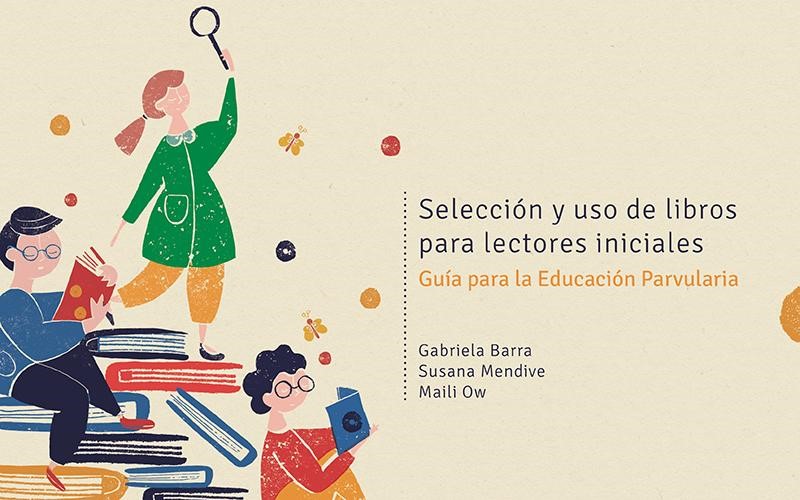
“Selecting and using early reader books” is a guide jointly published by Ediciones Junji and Pontificia Universidad Católica de Chile. (Picture of the book’s cover)
The book entitled “Selecting and using early reader books. A Guide for Pre-School Education” (“Selección y uso de libros para lectores Iniciales. Guía para la educación parvularia”), by authors Gabriela Barra, Susana Mendive and Maili Ow, consists of a tool to assist educators in choosing collections of work for very young readers. It is very useful for information and education professionals, and parents who wish to instill the habit of reading in their children.
The book delves into the contents and conceptualizations of children’s literature, guiding educators, parents and specialists in their bibliographic selection, to mediate the early stages of the learning and reading process.
This guide was developed within the framework of the UC Teaching Department’s “Project for Implementing the teaching training/education model,” School of Education. The book entitled “Selecting and using books for early readers. A Guide for Pre-School Education” (“Selección y uso de libros para lectores Iniciales. Guía para la educación parvularia”) offers criteria for selecting and using books with children ages 0 to 6 years.
The document is separated into two areas of use: literary, where we can find stories, poems and other articles that have a more aesthetic versus practical function; and a non-literary area, which provides a more practical tool, aimed at educating children and teaching them how understand texts in books.
Building children’s language skills with “Reading to Speak” (“Leer para Hablar”)
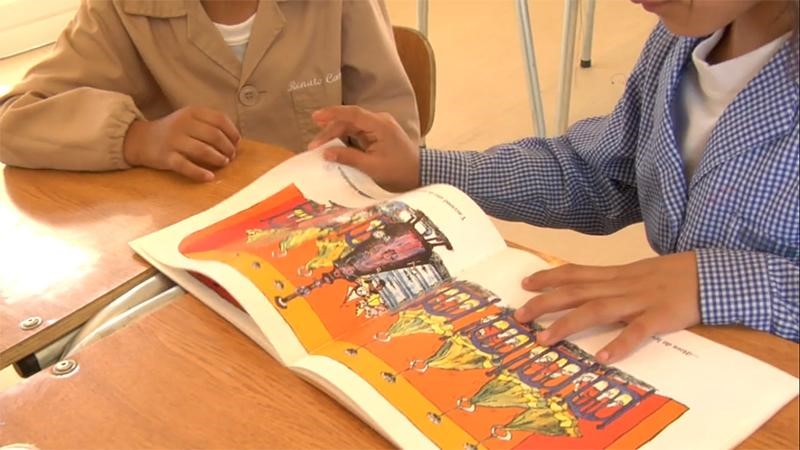
Reading stories is one of the most effective ways to encourage children to learn to read and write. This is one of the subjects addressed in “Leer Para Hablar.” (Image courtesy of the project)
Children’s books are one of the most effective tools for developing the ability to speak and understand spoken language in preschool children. Based on this premise, a team led by UC Professor of Psychology Katherine Strasser, developed the “Leer Para Hablar” platform, which seeks to teach early educators a model for reading stories as a tool for developing spoken language skills in children under five.
This method consists of developing techniques to stimulate and encourage children to speak at an early age, using a manual and a set of three videos, aimed at preschoolers and practicing preschool educators. The videos were filmed in Chilean classrooms, with real educators, and are intended to serve as a guide for using the best possible strategies when reading a story.
These materials explain how to develop children’s vocabulary and their comprehension of the spoken word, constituting a teaching unit on the how to use books in preschool education for oral language development.
Find all the “Leer para hablar” resources for free at www.leerparahablar.cl.
